Streaming has not only become the primary means of music consumption by the general public, but it’s also the compass industry insiders use to measure artist popularity. To accommodate the shift, the last decade has seen Billboard update its longstanding rules on how and what data is included to calculate chart placement multiple times.
In addition to including streaming figures from multiple outlets (i.e. Apple Music, Spotify, Pandora) in its current Hot 100 chart rankings, the Music Bible has revised how those services are weighed within the formula, changed rules on merchandise bundling, and so much more to accurately reflect the public’s taste.
Now, as official video streams have long accounted for a great portion of song placements on the Hot 100, Billboard has revealed their intent to include data from YouTube and streaming services in the sales performance reports, chart placement, and historic rankings of the Billboard 200 (album charts).
Official news inside:
“Video and audio data from YouTube, along with visual plays from several music streaming services, will soon be factored into the Billboard 200 albums chart. In addition to YouTube, officially licensed video content plays from Apple, Spotify, Tidal and Vevo will be included in the album chart’s calculations. While YouTube streams have factored into the Billboard Hot 100 and other song-specific charts since February 2013, this marks a first for the album charts. In contrast with song charts, which can be impacted by user-generated videos, only official licensed video content uploaded by or on behalf of rights holders will be counted for the Billboard 200 and other albums charts.” [source]
Billboard-The Hollywood Report Media Group president Deanna Brown weighed in on the change, stating:
“Our decision to add YouTube and other video streaming data to our album charts reflects the continuing evolution of the music consumption market and the ways in which consumers connect to album-related content.”
Silvio Pietroluongo, Senior VP of charts and data development at Billboard, echoed the sentiment:
“With video representing an increasingly large proportion of music consumption on some of the world’s largest platforms, the inclusion of YouTube and video overall to the Billboard 200 as well as other genre rankings is the next natural advancement for our album charts.”
Though the change will take effect January 3, its impact will be reflected on the Billboard 200 charts printed January 18, 2020.
*****
As with everything, there are pros and cons to this shake-up. The most glaring positive is the chance for more diversity on the Billboard 200 charts. As some artists – especially independent creators – rely heavily on their visual content as promotional tools, having video data included in their album chart figures could lead to more accurate reflection of their project’s popularity.
Case in point: Iggy Azalea‘s ‘Sally Walker’ was the most streamed Female Rap video of the year before Lizzo‘s ‘Truth Hurts‘ was classified a Rap hit. Despite amassing over 60 million views, the song’s parent album – ‘In My Defense’ – debuted and peaked at #50 based on traditional and streaming figures alone (as we reported here). Arguably, those outlets did not paint the truest picture of public interest in the project.
Another obvious pro is for artists from other countries to see their work – which garners great attention on Youtube (even from American IP addresses) – reflected on the Billboard 200. Lastly, older songs that go viral due to some current sensation will have a higher chance of re-peaking (a la DMX‘s ‘What They Really Want’ and Mariah Carey‘s ‘All I Want For Christmas’).
Conversely, an obvious negative impact of this is artists will probably start creating even more visual content for one song to monopolize the streams. Next, while it’s understood records are made to be broken, longstanding accomplishments of legendary acts who actually achieved their stats through “traditional” sales will be more easily surpassed. Lastly, legacy artists – who are already struggling to find footing on the album charts because their primary audience still relies on traditional sales to show support – will possibly have an even harder time charting as well as they have.
Regardless, it will be interesting to see how or if the inclusion of YouTube inflates the sales stats of some of the day’s most popular acts.


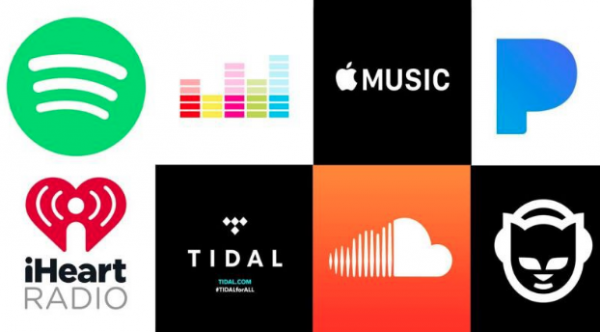
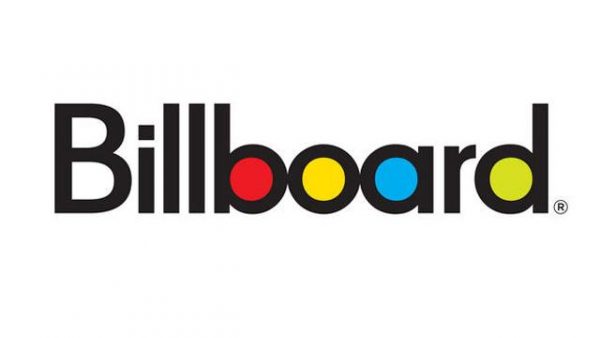

























![Chart Check [Billboard 200]: 21 Savage Keeps Nearly 10-Year Top 10 Streak Intact with #3 Debut of 'What Happened to the Streets'](https://thatgrapejuice.net/wp-content/uploads/2025/12/what-happened-streets-thatgrapejuice-2025-21-savage-stream-464x260.jpg)
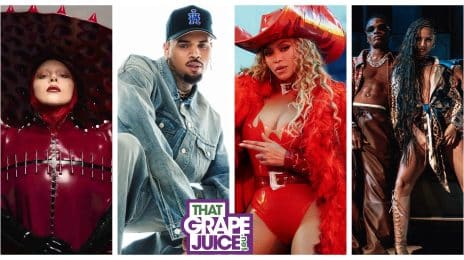
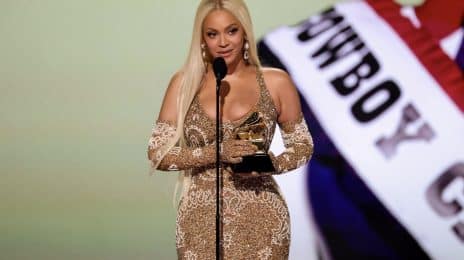
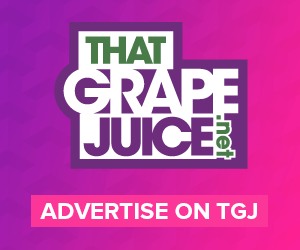


Please don’t support this blog its supposedly ran by blacks but they support racists. It makes no since to give them traffic.
Billboard why? This new rules will be in Camickys favor
She will get number one
Oh no
Lol no it won’t, her era is already DOA.
yooo I thought the same thing lol
?♂️
Basically = Popularity contest once again. Entering the the new decade with the same s*** of a method ?
@LMFAO.. – Basically!
I think this is a great idea. This will definitely be in favor for indie artist.
its a popularity contest…..hasn’t it always been. numbers determine who is being listened too and if ur popular, ur numbers are high. i think only certain fan bases hate streaming cuz it shows their fave not as popular as they think.
Um no, numbers used to be based on how many actual albums an artist sold, not how many devices an artist’s fan base can repeatedly stream one song on for a 24 hour cycle.
thats because selling albums was the ONLY way to consume music now there are more than one way to consume music. i think this is more fair. i bought beyonce album hated it listened to it maybe five times and thats it. i wonder how many of those physical copies are still in rotation. with streaming u see who is in constant rotation. anti and invasion of privacy still very much in rotation and i think that should be known.
SMH, you are excatley , because artist made more money back in the day. But with
streams the artist only gets 2 to 6 cent per steram depending on what streaming plaform you are own.
what artist get paid isn’t my concern tho. i like the option of being able to pick and choose what songs i want from an album. paying money for an album i don’t like just to make sure the artists are compensated fully when they are ALREADY rich is far from my care.
Mess. I never thought I’d be alive to see the actual death of the music industry.
But for an independent artist to have their video played they have to promote to garner awareness – this may backfire if they don’t have the funds to create video content worth replaying. Horses like CamilaDonk will be releasing 17,000000 videos for the same flop singles to get kids in China work houses to hit repeat on Acer laptops connected to servers at the label. ????? Billboard be handing mediocrity a pass ????????????????
So in other words certifications don’t mean s*** now.
here https://youtu.be/TzyYbtwtKgc
Camila Cabello at home hitting refresh on all those YouTube videos from the Romance album
Throw the whole chart away